Dental Anatomical Combinations: A Guide to Ultimate Dental Esthetics
Esthetic dental rehabilitation is an undoubtedly complex process. Numerous factors must be evaluated when designing a dental restoration, including tooth alignment, clinical crown dimensions, and occlusion. Complete understanding of all anatomical parameters is essential to create an esthetic and harmonious restoration.
This article presents a new, simple system that will enable dental professionals to go beyond the usual creative standards in esthetic rehabilitation. First, the principal tooth forms and their characteristics will be analyzed. This discussion will lay the groundwork for the introduction of a new tooth form classification: Dental Anatomical Combinations. By sectioning the three principal tooth forms and recombining their individual characteristics, new tooth forms can be created. Finally, the application of this new system will be demonstrated via a clinical case report.
TOOTH ANATOMY
The Three Basic Tooth Forms
Various facial and dental forms exist in nature, and some researchers have proposed that these types should be the starting point for the rehabilitation of patients requiring a fixed or removable restoration.
Many older studies examined the correlation between dental form and other factors, including sex,9 face form,10,11 shape of the maxillary arch,11 constitutional type,12 or personality.9,13 Even though these concepts have now been disproven,10,14–16 some professionals still consider these theories applicable to anterior restorations. However, it seems unlikely that such mathematical rules can provide a predictable outcome because they tend to detract from the creativity needed for a successful final result.17,18 The literature shows that there are three basic tooth forms in nature: the square (type A), the ovoid (type B), and the triangular (type C)10,19,20:
• Square: The mesial and distal proximal surfaces are parallel and perpendicular to the incisal edge and present a wide U-shaped cervical area. The vestibulodistal transitional ridge may be slightly curved, while the incisal edge is straight or slightly curved. The incisal edge is longer in the mesiodistal direction than that of the ovoid form and almost the same length as that of the triangular form (Fig 1).
• Ovoid: The incisal edge has a central protuberance; its length mesiodistally is the shortest of the three forms. The mesial and distal transition line angles are rounded and converge at the incisal and cervical areas. The U-shaped cervical line is more oval than in the square type (Fig 2).
• Triangular: The distal ridge is not parallel to the mesial ridge but rather markedly inclined, defining a very narrow V-shaped cervical zone with a convexity at the center of the crown. The incisal edge is wide mesiodistally and may have either a slight curve or convexity at the center. The incisal angles are slightly acute (Fig 3).
Tooth Outlines
During the design stage, all tooth forms must be evaluated from an incisal, cervical, and frontal view with a right-lateral and left-lateral projection (Fig 4). This evaluation will provide an overall sense of the tooth organization as well as the relationship between the anatomical parts (Figs 5 and 6).21,22 The three principal tooth forms comprise numerous variations that include both the shape and form of the teeth.23 In this context, the term “form” indicates all macrocharacteristics, such as the outline of the tooth, development of the ridge, depth of the grooves, and difference between the mesial and distal incisal angles.24,25 Microcharacteristics, ie, surface texture, also play an important role in the anatomical qualities of the tooth (Fig 4).
The physical form of a tooth is determined by its outline, comprising the incisal border, proximal ridges, and cervical line. These lines dictate the path of the ridges and the shape of the lobes. Thus, the outline of the tooth should be evaluated before analyzing the tooth three-dimensionally.
Transition Lines
The characteristics of tooth form are not separate entities; rather, they combine to create a single feature. In other words, a tooth is crossed by grooves that determine the three-dimensional anatomical areas. A frontal view alone does not provide sufficient information to reproduce the area around a transition line. Thus, the operator should begin work on each transition line starting from the lingual surface. In all natural teeth, the ridges and grooves begin at the lingual surface and then connect to the proximal and vestibular surfaces (Fig 7).
Surface Torsion
Surface torsion is another important factor in the design of an artificial tooth. From an incisal view, distal protrusion becomes evident at the level of the cervix (Fig 8). Failure to consider this surface torsion may result in artificial incisors that appear flat or distally protruded.21 The line of rotation starts from the vestibular aspect and continues lingually. Torsion is common to all teeth, although to varying degrees of intensity. Surface torsion is gentler in the incisors and more pronounced in the canines; however, the technician may define the extent of torsion based on the desired tooth form. In more facially positioned teeth, surface torsion becomes more evident.
DENTAL ANATOMICAL COMBINATIONS
Based on the anatomical concepts discussed above, the authors now introduce a new tooth form classification system: Dental Anatomical Combinations. This simple concept aims to help dental professionals produce different tooth anatomies that extend beyond the standard tooth shapes. The basic principle of this system is the segmentation and recombination of two or even all three of the basic tooth forms.26 First, the perimeter of each tooth form is sectioned into smaller segments; for example, by sectioning the tooth into three different segments, a mesial, distal, and incisal segment can be obtained. If necessary, these full segments can be further divided in half, resulting in six half segments: mesial cervical, mesial body, mesial incisal, distal cervical, distal body, and distal incisal (Fig 9). To create the final tooth form, the full or half segments can be recombined, creating complementary classes (Table 1). The class numbering system (1:3, 1:2, 1/2:3, or 1/2:2) indicates which segment was used (number before the colon = full [1] or half [1/2] segment) and with how many basic tooth forms for recombination (number after the colon = 2 or 3 basic tooth forms). The first complementary class, 1:3, uses one full segment of each of the three principal tooth forms, resulting in 6 different shape combinations (Fig 10).The second complementary class, 1:2, uses one full segment combined with two principal tooth forms. This results in 18 different tooth shapes (Figs 11 to 13). The third (Fig 14) and fourth (Figs 15 to 17) complementary classes, 1/2:3 and 1/2:2, involve half segments combined with 3 or 2 principal tooth shapes, respectively. By dividing the tooth vertically or obliquely into two parts, the segments are always in contrast with the final shape, giving the tooth a more dynamic appearance. Although many anatomical combinations are possible mathematically, only a selection of them is shown here. In total, this article presents 48 anatomical tooth combinations. These combinations demonstrate new ways for clinicians and technicians to give artificial teeth a more dynamic appearance. Segmentation is a means of composition. In the laboratory, it represents a concrete visual message rather than an abstract one, thus allowing for better communication between the clinician and technician and enhanced production of the desired tooth forms.
CASE REPORT
A 46-year-old male patient presented with concerns regarding the esthetics of his maxillary anterior dentition. His chief complaint was the diastemata between the central incisors and between the right central incisor and canine (Fig 18). Both maxillary lateral incisors were congenitally missing. When the patient was at a young age, orthodontic treatment had transposed his canines and premolars to substitute for the missing lateral incisors. However, the spaces between the anterior teeth had not been closed completely at that time; further, other than minimal enameloplasty, the transformation of the canines into lateral incisors had remained unfinished. The patient did not undergo additional orthodontic treatment. He requested an esthetic but minimally invasive treatment to preserve as much intact tooth structure as possible. The treatment plan comprised six veneers to restore the maxillary central incisors, canines, and first premolars.
Diagnostic Wax-up
Prior to formulation of the treatment plan, impressions were taken to fabricate diagnostic casts and a diagnostic wax-up.27 The diagnostic cast showed a triangular-ovoid tooth configuration of the maxillary incisors.26 A 1/2:3 complementary class, combining all three principle tooth forms, was chosen for the wax-up to close the diastemata and redistribute the interproximal spaces more effectively. Beginning at the marginal ridges, the incisal cones and central ridge were waxed up, followed by the facial surface (Figs 19a to 19c).27 During every stage of the process, the wax-up must be carefully evaluated from all dimensional aspects (Figs 19d to 19g). Once the facial surface was completed, surface characterization was carried out (Fig 20). Figures 21a to 21h show the finalized wax-up with successful transformation of the canines into lateral incisors and of the first premolars into canines. Figure 21i shows the central incisors with a 1/2:3 complementary class. To transform the canines into lateral incisors, the differences between them in terms of overall shape, size, and anatomical features (eg, mesiodistal and orofacial width) should be considered. Therefore, measurements of the canines were taken at the cervical areas. The canines had a mesiodistal and orofacial width of 7 mm (Fig 22), whereas a lateral incisor has a mean mesiodistal and orofacial width of approximately 5 mm.1,21,28 Thus, to create a cervical emergence profile that matches that of a lateral incisor, the canine had to be reduced in width to 5 mm (Fig 23). At the facial surface, the reduced convexity of a lateral incisor compared to a canine should also be taken into account. Insufficient preparation of the canine may result in either inadequate thickness of the ceramic or, if minimal thickness of the ceramic is maintained, in an overcontoured final restoration. At the same time, excessive preparation would conflict with the patient’s desire for minimally invasive treatment and, more importantly, compromise optimal bonding of the veneers by exposing the dentin. Considering these parameters, tooth preparation was simulated in the laboratory (Fig 24). Such a simulation aids communication between the technician and dentist. Based on the simulation, silicone keys were fabricated (Fig 25) and delivered to the dentist as a preparation guide.27 Further, the preparation simulation allowed for the fabrication of a provisional shell.
Tooth Preparation
The silicone guides were first used to verify the original dimensions of the teeth in relation to the projected tooth shape as outlined in the wax-up (Fig 26a). No preparation was necessary for the central incisors. Minimal preparation including only the facial surface was needed at the first premolars. The occlusal and lingual aspects of the first premolars remained untouched. For the canines, tooth preparation was performed as projected in the simulation. The incisal edge was reduced by 1 mm using diamond burs (Komet, Lemgo, Germany), followed by a 1-mm reduction of the facial surface with a light chamfer at the cervical margin. The mesial and distal surfaces were each reduced by 1 mm using diamond burs, and diamond-coated disks (Komet) were used in the interproximal region to shape the cervical area to the desired width of 5 mm (Figs 26b to 26d). A gingival protector (Zekrya, DMG America, Englewood, New Jersey, USA) was used to retract and protect the soft tissues. Prior to impression taking, retraction cords without any hemostatic agent were placed (Fig 26e). A polyvinyl siloxane impression material (Extrude EXTRA and WASH, Kerr, Orange, California, USA) was used in conjunction with the double-mix technique to capture the preparations. The prepared teeth were provisionalized with the previously made provisional shell after relining.
Fabrication of the Ceramic Veneers
To fabricate the ceramic veneers, an alveolar cast consisting of an intact soft tissue cast and interchangeable dies was created (Figs 27a and 27b).29 The presence of the soft tissues is crucial because they are central in the positioning of the transition lines and because they allow for better control over the tooth shape.17,18 Feldspathic ceramic (Creation, Jensen, North Haven, Connecticut, USA) was layered to fabricate the veneers. The first step of the layering process was to apply two layers of connector material on the refractory dies with two different firings (Fig 27c). Next, various enamel and translucent masses were applied to build up the incisal wall (Fig 27d). Modifiers and stains were also added to obtain incisal effects; the mesial and distal aspects were built up in the same manner, followed by the first bake. The entire labial shape was then layered using 20 ceramic masses (Fig 27e). After the next bake, the ceramic was ground with diamond burs to create the desired anatomical shape and texture. Glazing was performed to provide harmony between the restorations and adjacent natural teeth, and all veneers were manually polished. The veneers were removed from the refractory dies via sandblasting with glass beads at low pressure. The veneers were then adapted to the master dies using a stereomicroscope at ×12 and ×20 magnification. For optimal adaption of the intaglio surfaces of the veneers, adjustments were initially performed at the finish line and peripheral areas, followed by the central areas (Fig 27f). Once adaptation was complete, the contact points were checked on the solid cast. It was determined that the veneers were ready for delivery (Figs 27g and 28).
Try-in and Cementation
The provisional restorations were removed, and the teeth were cleaned using pumice. The definitive restorations were tried in to verify the fit, shape, and shade. The intaglio surfaces of the feldspathic veneers were etched with 4.5% hydrochloric acid (IPS Ceramic Etching Gel, Ivoclar Vivadent, Schaan, Liechtenstein) for 1 minute (Fig 29a) to promote micromechanical retention by removing the glass matrix. This etching process produces crystalline precipitates that are insoluble in water (Fig 29b). The precipitates can be removed by either ultrasonic cleaning for 5 minutes or etching with 35% phosphoric acid (Ultraetch, Ultradent, South Jordan, Utah, USA) for 1 minute (Fig 29c). Failure to remove such residues may result in reduced bond strength to the ceramic intaglio surface.30,31 After rinsing and drying, a silane coupling agent (Porcelain Silane, Premier Dental, Plymouth Meeting, Pennsylvania, USA) was applied for 2 minutes. A light-cured nanofilled composite resin material (shade CT, Filtek Supreme Ultra, 3M ESPE, St Paul, Minnesota, USA) was used for cementation. In the oral cavity, the cement at the margins will be subjected to water sorption, subsurface degradation, wear, and discoloration.32 In comparison to methacrylate- or phosphate-based resin cements, preheated composite resins used as luting agents have been shown to exhibit reduced deterioration by wear.32 Cements with smaller filler particle size and higher filler load also showed less wear.33,34 Further, unlike self- or dual-curing cements, light-cured cements allow unlimited time for placement of the restoration and removal of excess cement. For better handling during cementation, the highly viscous composite resin should be preheated. Heating the composite resin reduces viscosity, improves flowability, and decreases film thickness.32 However, once removed from the heating unit, the composite resin cools down quickly during handling and may cool even more rapidly if applied to a much colder restoration at room temperature, thus voiding the advantages of the preheating. Therefore, the restoration must be preheated as well. To avoid rapid temperature loss, the veneers were filled with a thin layer of the preheated composite resin (Fig 30a) and then placed into the heating unit until needed (Fig 30b). The veneers were bonded one after another, beginning with the central incisors and proceeding to the canines and premolars. While the veneers were being preheated, a total-etch adhesive system (Optibond FL, Kerr) was applied to each tooth but initially left uncured. After placement of the restoration on the designated tooth and removal of excess luting agent, light curing was performed for 40 seconds through a layer of glycerin gel to avoid the oxygen inhibited layer (Fig 30c). A scalpel and scaler were used to remove excess adhesive and luting cement. Interproximal areas were finished with polishing strips (Sof-Lex Finishing Strips, 3M ESPE), and occlusion was checked and adjusted. To complete the rehabilitation, the insufficient Class V restorations on the second premolars and first molars were replaced with nanohybrid composite resin restorations (ENA HRi, Synca, Le Gardeur, Quebec, Canada). Figure 31 shows the final result 2 months after delivery.
CONCLUSIONS
By creating different anatomical combinations of basic tooth forms, dental professionals can design a wide range of esthetic restorations. The proposed classification system—Dental Anatomical Combinations—will aid clinicians and technicians in the fabrication of harmonious and dynamic artificial teeth. Detailed treatment planning and careful communication between the dentist and laboratory are essential for a successful final result.
REFERENCES
1. Beaudreau DE. Tooth form and contour. J Am Soc Prev Dent 1973:36–47.
2. Butler PM, Joysey KA. Development, Function and Evolution of Teeth. London: Academic Press, 1978.
3. Eissmann HF, Radke RA, Noble WH. Physiologic design criteria for fixed dental restorations. Dent Clin North Am 1971;15:543–568.
4. Farer JW, Isaacson D. Biologic contours. J Prev Dent 1974;1:4–7.
5. Yuodelis RA, Weaver JD, Sapkos S. Facial and lingual contours of artificial complete crown restorations and their effects on the periodontium. J Prosthet Dent 1973;29:61–66.
6. Chiche GJ, Pinault A. Esthetics of Anterior Fixed Prosthodontics. Chicago: Quintessence, 1994.
7. Goldstein RE, Belinfante L, Nahai F. Change Your Smile. Chicago: Quintessence, 1997.
8. Rufenacht CR. Fundamentals of Esthetics. Chicago: Quintessence, 1990.
9. Frush J, Fisher R. Introduction to dentogenic restorations. J Prosthet Dent 1955;11:586–595.
10. Williams JL. The temperamental selection of artificial teeth, a fallacy. Dent Digest 1914;20:63-75.
11. Nelson A. The esthetic triangle in the arrangement of teeth: face form, tooth form and alignment form, harmonious or grotesque. National Dent Assoc J 1922;9:392–401.
12. Hörauf K. Anterior tooth forms and constitutional types [in German]. Dtsch Zahnarztl Z 1958. [Au: Please provide volume number and page numbers.]
13. White J, Flagg E. Temperament in relation to the teeth. Dent Cosmos 1884;26:113–119.
14. Berksun S, Hasanreisoglu U, Gokdeniz B. Computer-based evaluation of gender identification and morphologic classification of tooth face and arch forms. J Prosthet Dent 2002;88:578–584.
15. McCord JF, Burke T, Roberts C, Deakin M. Perceptions of denture aesthetics: A two-centre study of denture wearers and denture providers. Aust Dent J 1994;39:365–367.
16. Sellen PN, Jagger DC, Harrison A. Computer-generated study of the correlation between tooth, face, arch forms, and palatal contour. J Prosthet Dent 1998;84:163–168.
17. Kataoka S, Nishimura Y, Sadan A. Nature’s morphology: An Atlas of Tooth Shape and Form. Chicago: Quintessence, 2002.
18. Yamamoto M, Miyoshi Y, Kataoka S. Fundamentals of esthetics: Contouring techniques for metal ceramic restorations. Quintessence Dent Technol 1990/1991;14:14–81.
19. Williams JL. A New Classification of Human Tooth Forms with Special Reference to a New System of Artificial Teeth. New York: Dentists’ Supply, 1914.
20. Nishimura Y. Dental crown shape for ceramic restorations. Quintessenz Zahntech 1992;18:647–669.
21. Black GV. Descriptive Anatomy of the Human Teeth. Philadelphia: S.S. White, 1897.
22. Perard VS. Anatomy and Drawing. New York: Dover, 2004.
23. Shaw DM. Form and function of teeth: A theory of “Maximum Shear.” J Anat 1917;52:97–106.
24. Arnheim R. Art and Visual Perception: A Psychology of the Creative Eye. Berkeley: University of California Press, 1974.
25. Morris ML. Artificial crown contours and gingival health. J Prosthet Dent 1962;12:1146–1156.
26. Romeo G. Reconstruction of tooth form in various anatomical tooth combinations. Quintessence Dent Technol 2006;29:446–456.
27. Massironi D, Pascetta R, Romeo G. Precision in Dental Esthetics: Clinical Procedures. Chicago: Quintessence, 2007.
28. Nelson SJ. Wheeler’s Dental Anatomy, Physiology and Occlusion, ed 9. Philadelphia: Saunders, 2009.
29. Magne M, Bazos P, Magne P. The alveolar cast. Quintessence Dent Technol 2009;32:39–46.
30. Duarte S, Phark J-H, Blatz M, Sadan A. Ceramic systems: An ultrastructural study. Quintessence Dent Technol 2010;33:42–60.
31. Magne P, Cascione D. Influence of post-etching cleaning and connecting porcelain on the microtensile bond strength of composite resin to feldspathic porcelain. J Prosthet Dent 2006;96: 354–361.
32. Duarte S, Sartori N, Sadan A, Phark J-H. Adhesive resin cements for bonding esthetic restorations: A review. Quintessence Dent Technol 2011;34:40–66.
33. Shinkai K, Suzuki S, Katoh Y. Effect of filler size on wear resistance of resin cement. Odontology 2001;89:41–44.
34. Condon JR, Ferracane JL. In vitro wear of composite with varied cure, filler level, and filler treatment. J Dent Res 1997;76:1405–1411.
Dear customers! We would like to remind you that from 31 December to 3 January sales will be suspended due to the New Year holidays. Please place your orders in advance to avoid possible delays. We wish you a Happy New Year!
Close








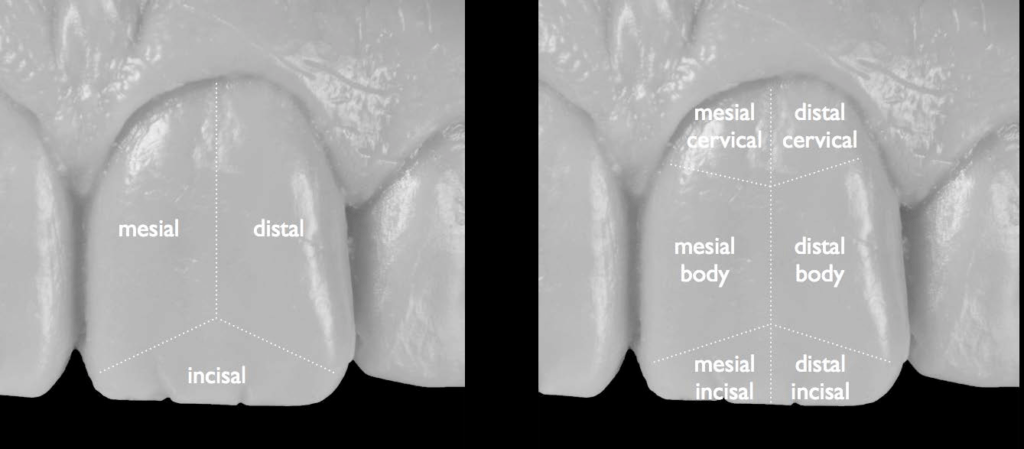
















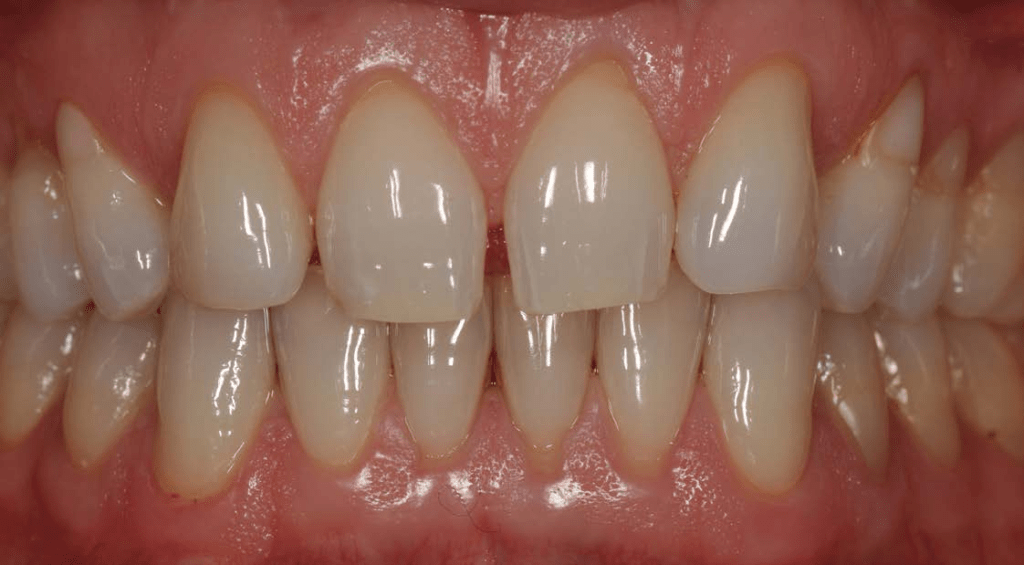
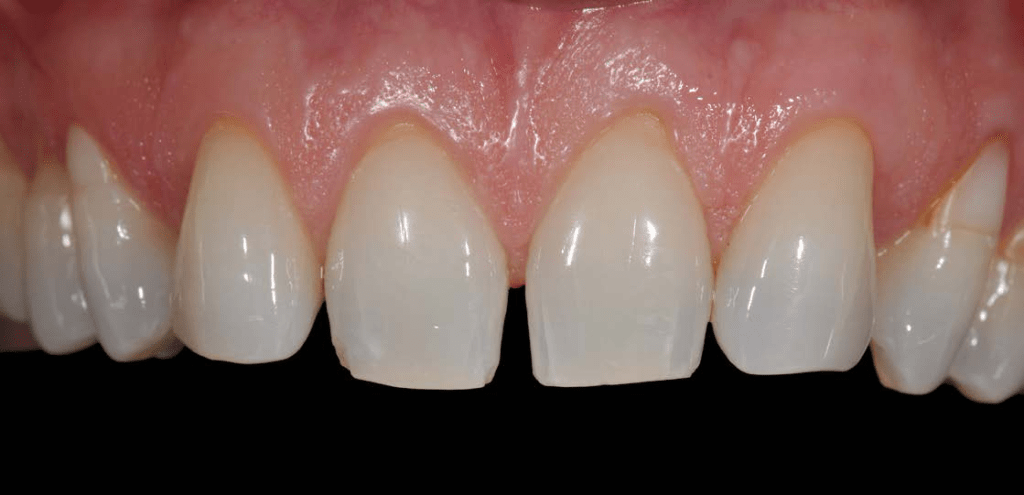












































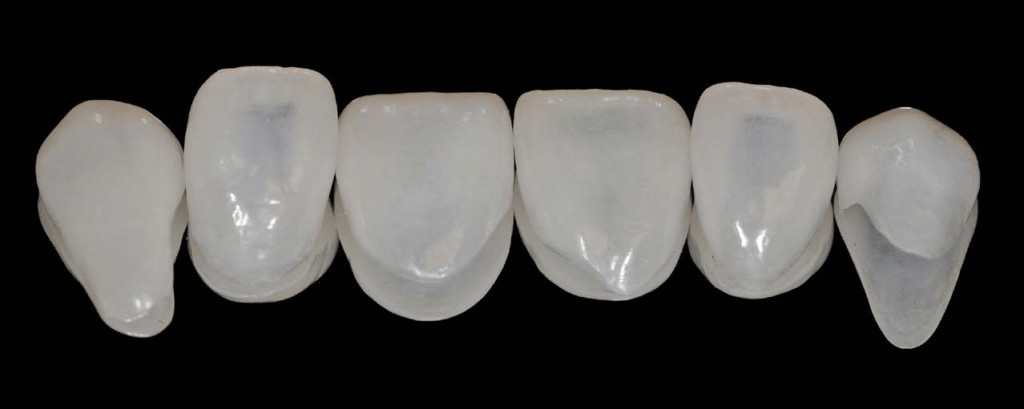



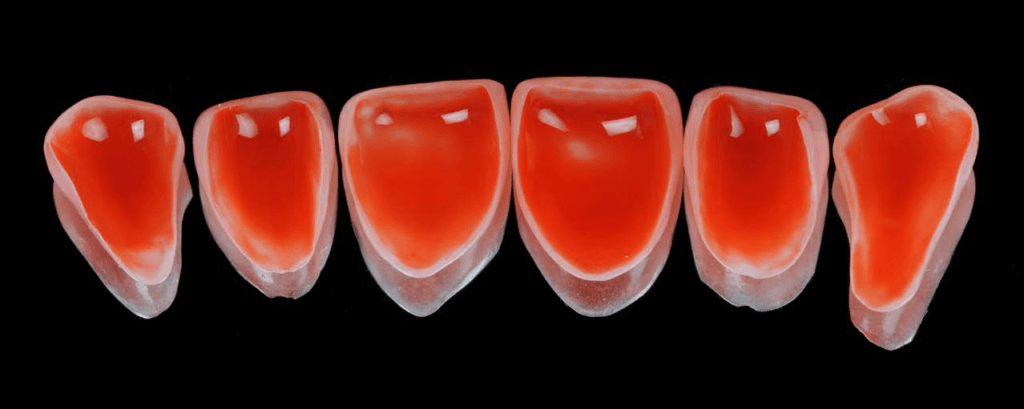
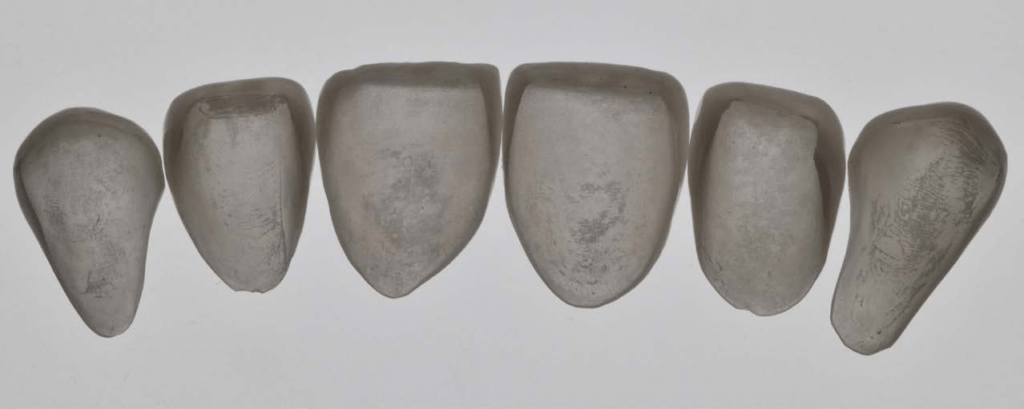
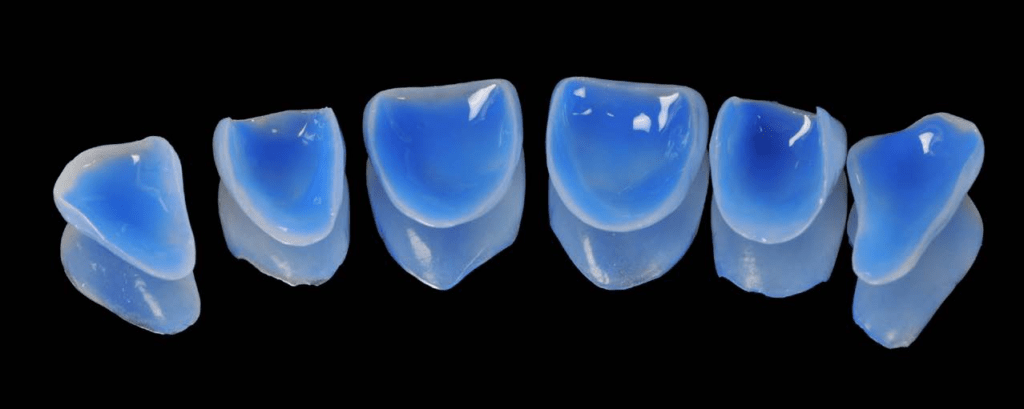



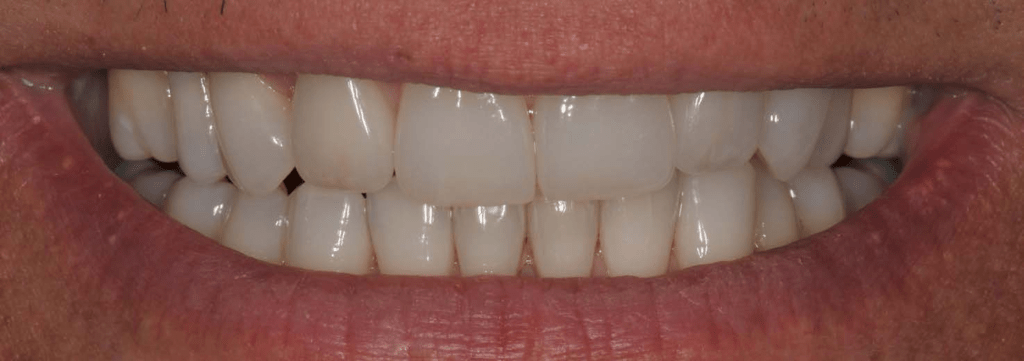


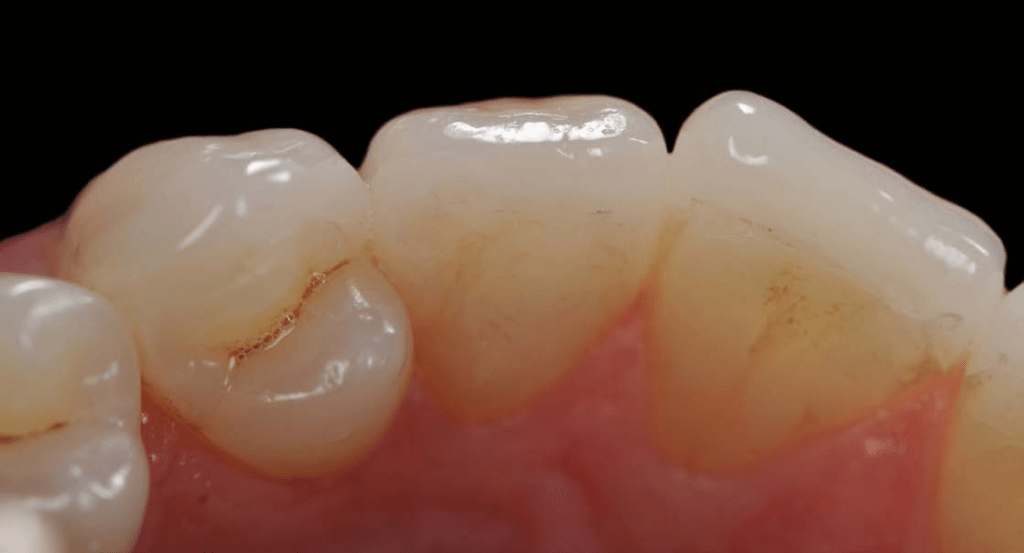
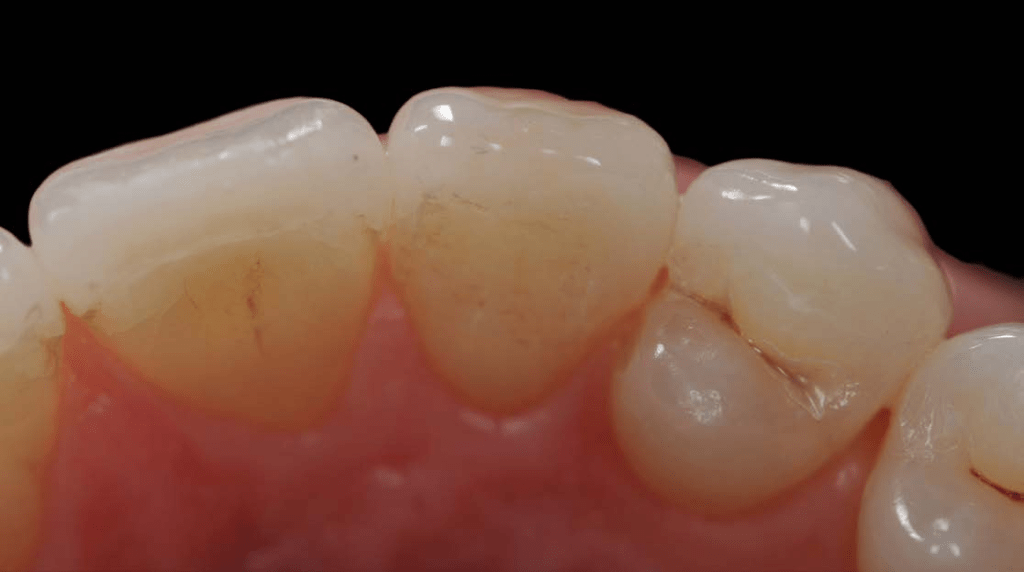
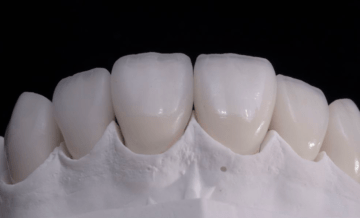
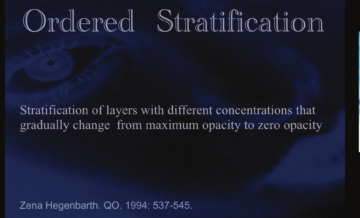
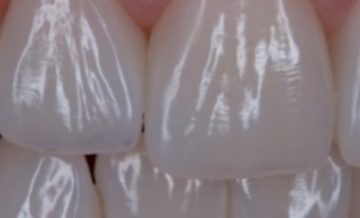
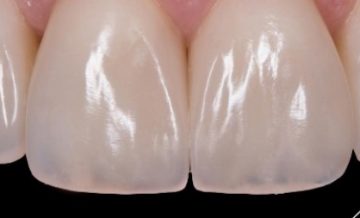
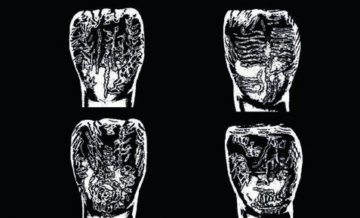





Комментарии могут оставлять только зарегистрированные пользователи.
Регистрация